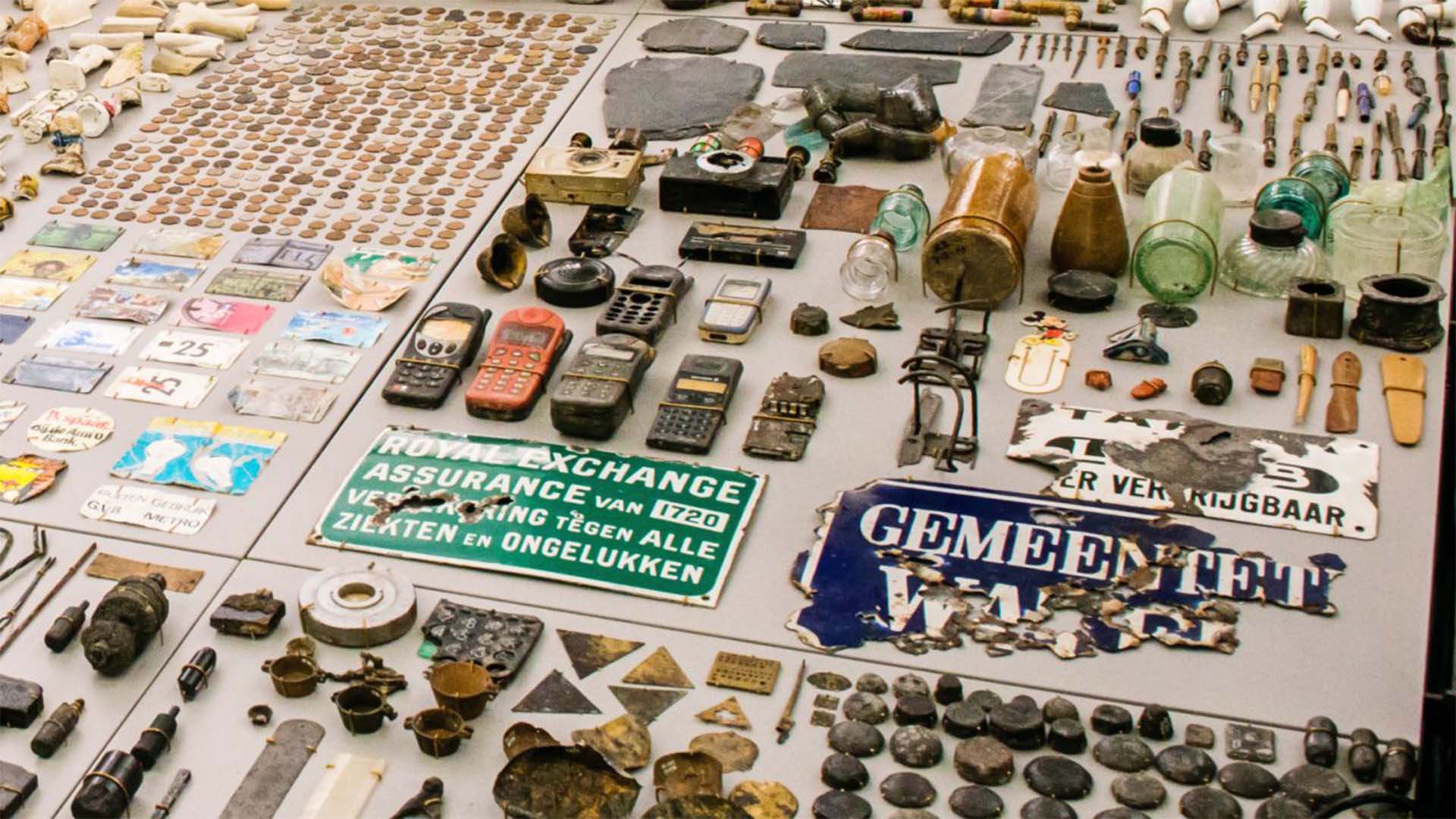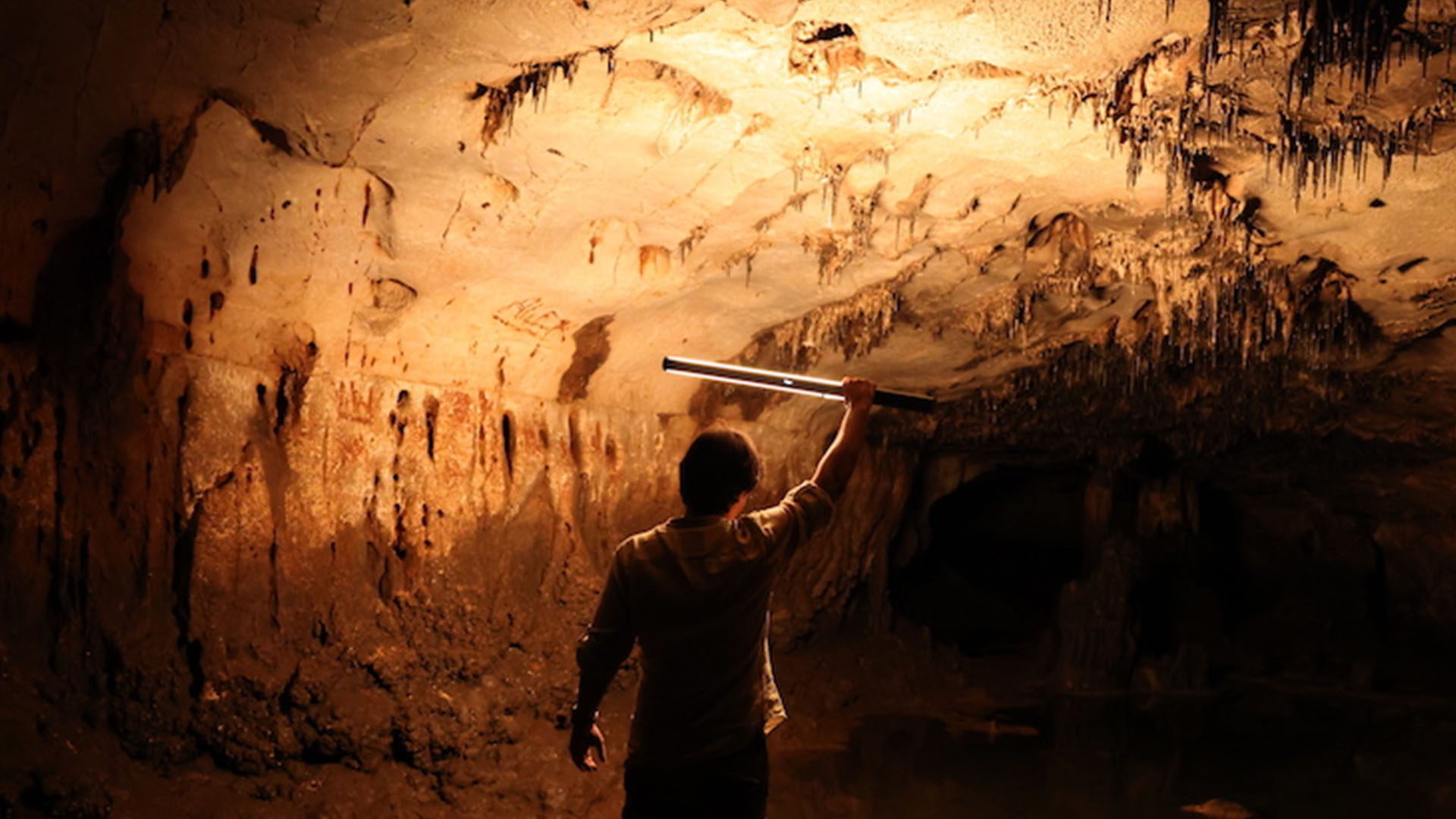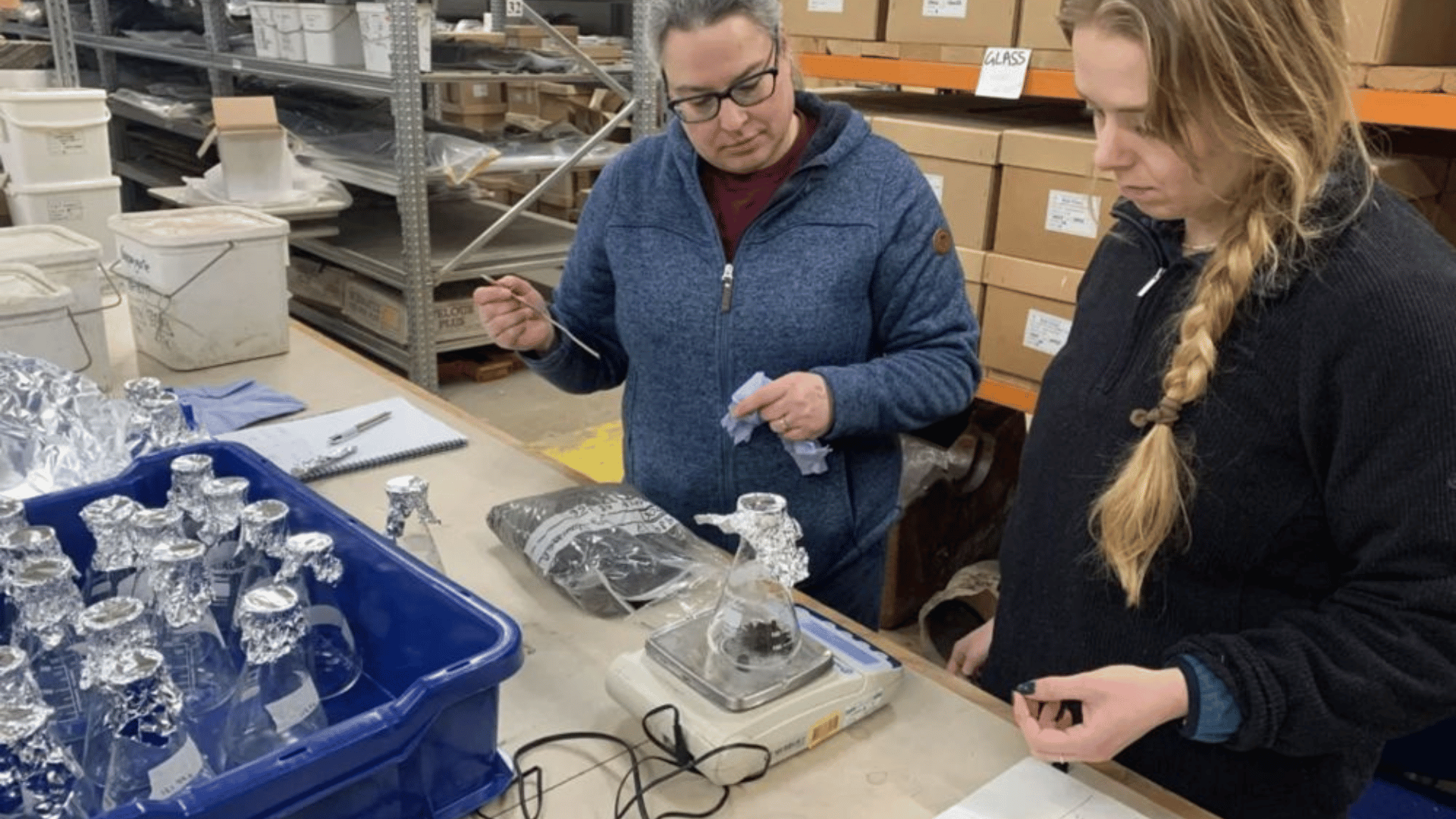A man in England tending his garden discovered something unlike anything he had ever planted. While weeding the garden, the man stumbled upon a stone inscribed with a rare Irish alphabet over 1,600 years old.
Old Irish Language
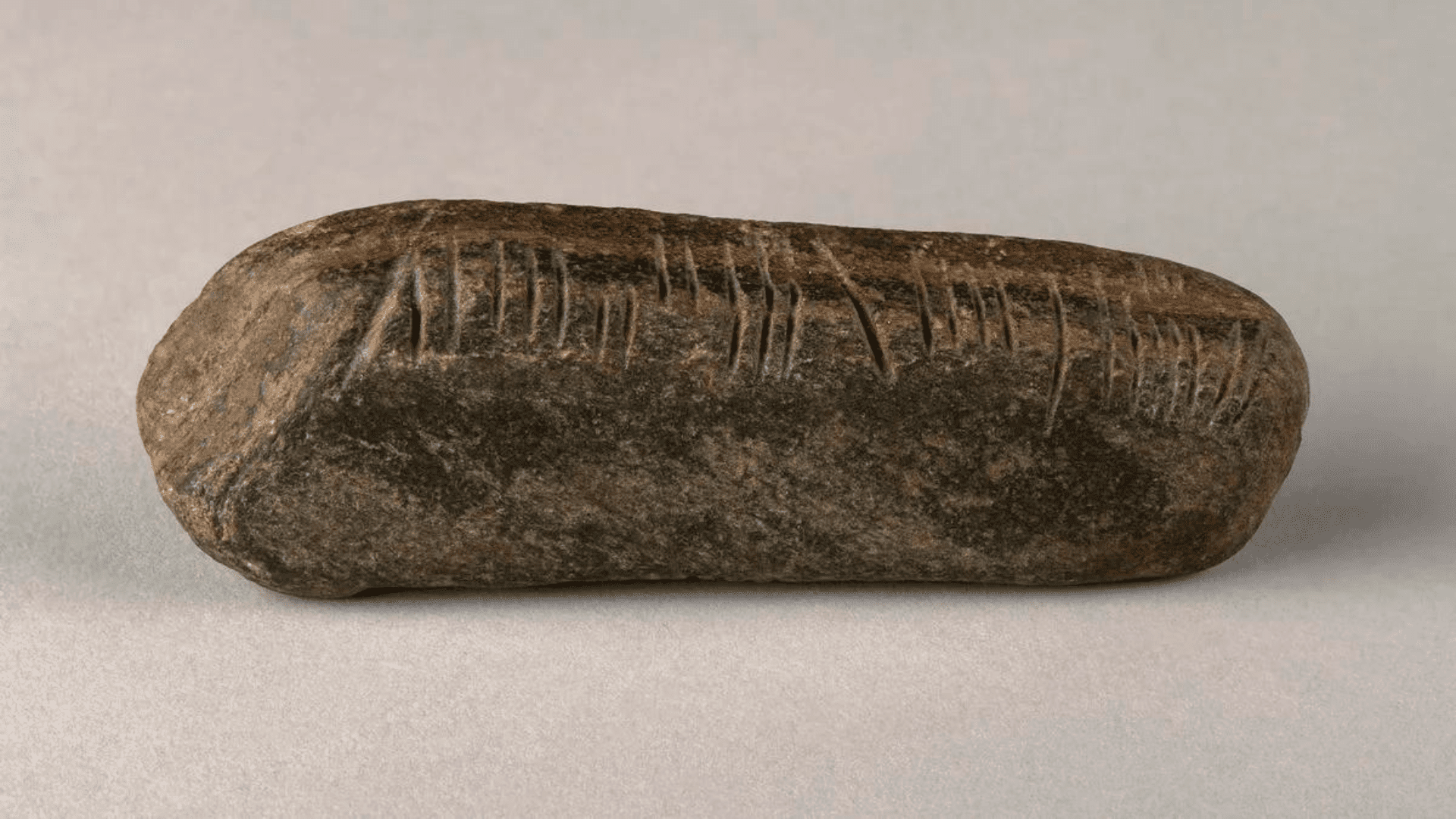
When you take a quick glance at the ancient stone, it looks like there are lines carved in it, and that’s it. But the lines are actually an inscription of ogham. Ogham is an alphabet used in early Irish writing. It dates back to Old Irish from the sixth to the ninth centuries. It is truly a once-in-a-lifetime discovery. However, archeologists are scratching their heads, wondering why it’s in the central English city of Coventry.
Archeologists have some ideas of what the stone might be. One idea is that it’s a commemorative object carried by Irish monks to convert pagan Mercians in the area. Another idea is that it was a way of introducing a traveling Irish tradesman to others. According to archeologist Teresa Gilmore with the Birmingham Museums Trust, there are many ways in which the stone made its way to England. In an interview with Live Science, Gilmore said, “This is one of the things about some of the amazing finds that turn up — they often create more questions than answers.”
Gilmore is a finds liaison with the British Museum’s Portable Antiques Scheme. They learned of the inscribed stone in 2020.
Geography teacher Graham Senior discovered the stone while weeding his flower garden during the COVID lockdowns in 2020. He said, “At first, I thought it was some kind of calendar. Finding out later it was an ogham stone and over 1,600 years old was incredible.”
Explore Tomorrow's World from your inbox
Get the latest science, technology, and sustainability content delivered to your inbox.
I understand that by providing my email address, I agree to receive emails from Tomorrow's World Today. I understand that I may opt out of receiving such communications at any time.
Irish Script
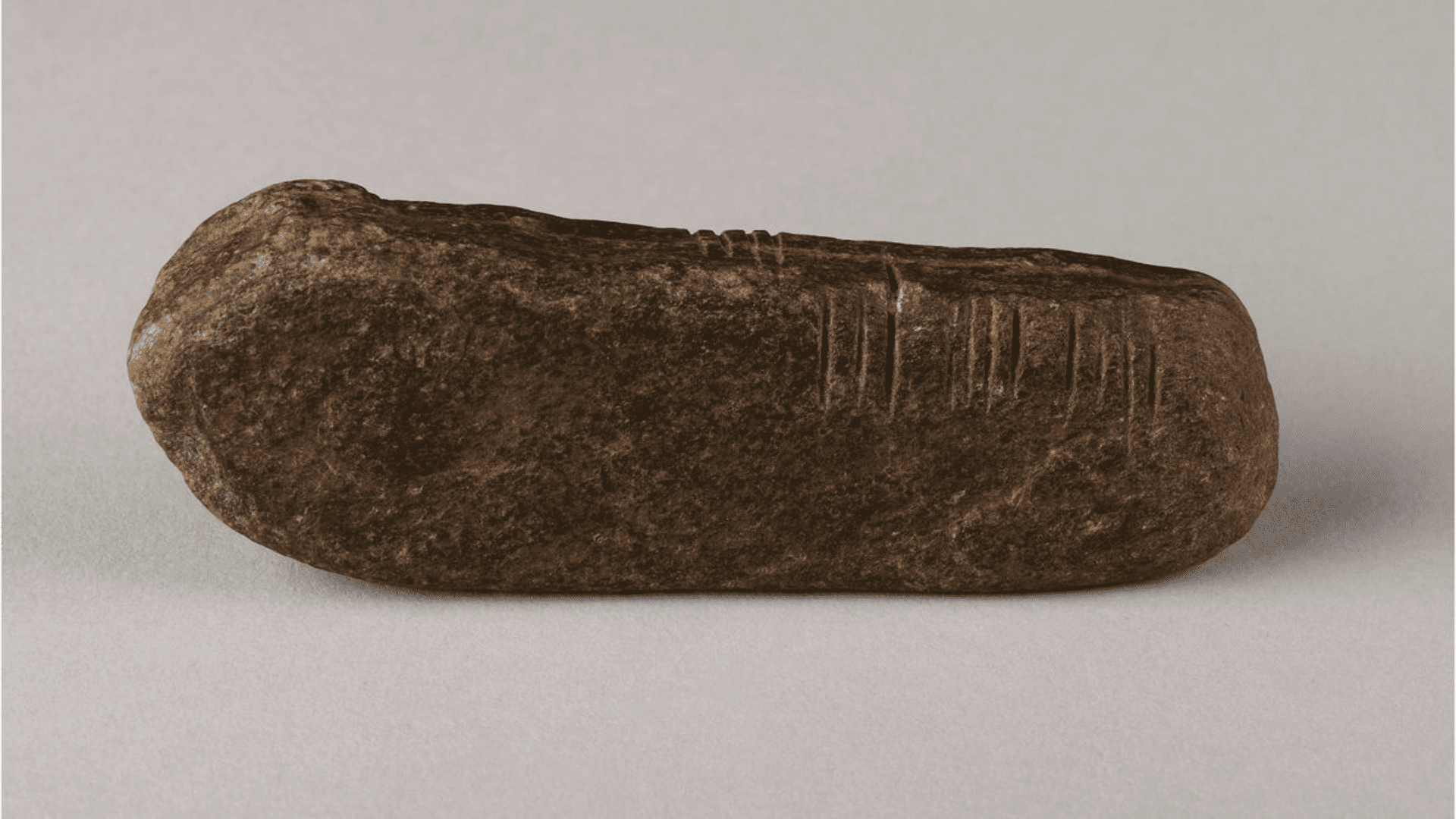
The Portable Antiques Scheme records historical objects discovered in England and Wales. When Senior contacted them, Gilmore investigated the stone but needed expert advice. After seeing Gilmore’s photos of the stone, University of Glasgow historian Kathryn Forsythe confirmed that the lines are inscriptions of the early style of ogham.
A few months ago, Forsythe made her way to Coventry to photograph the stone for 3D models. She partially translated the inscription, which says, “Maldumcail/ S/ Lass.” Gilmore says the first part relates to someone’s name, Mael Dumcail. But the rest is still unknown.
The object is made of sandstone. It weighs about 5 ounces and is 4 inches long. The lines of inscription are carved into the three corners of the stone’s faces. This was a common way to write ogham before discovering vellum (scraped calfskin), parchment (scraped sheepskin), and paper.
A Rare Discovery
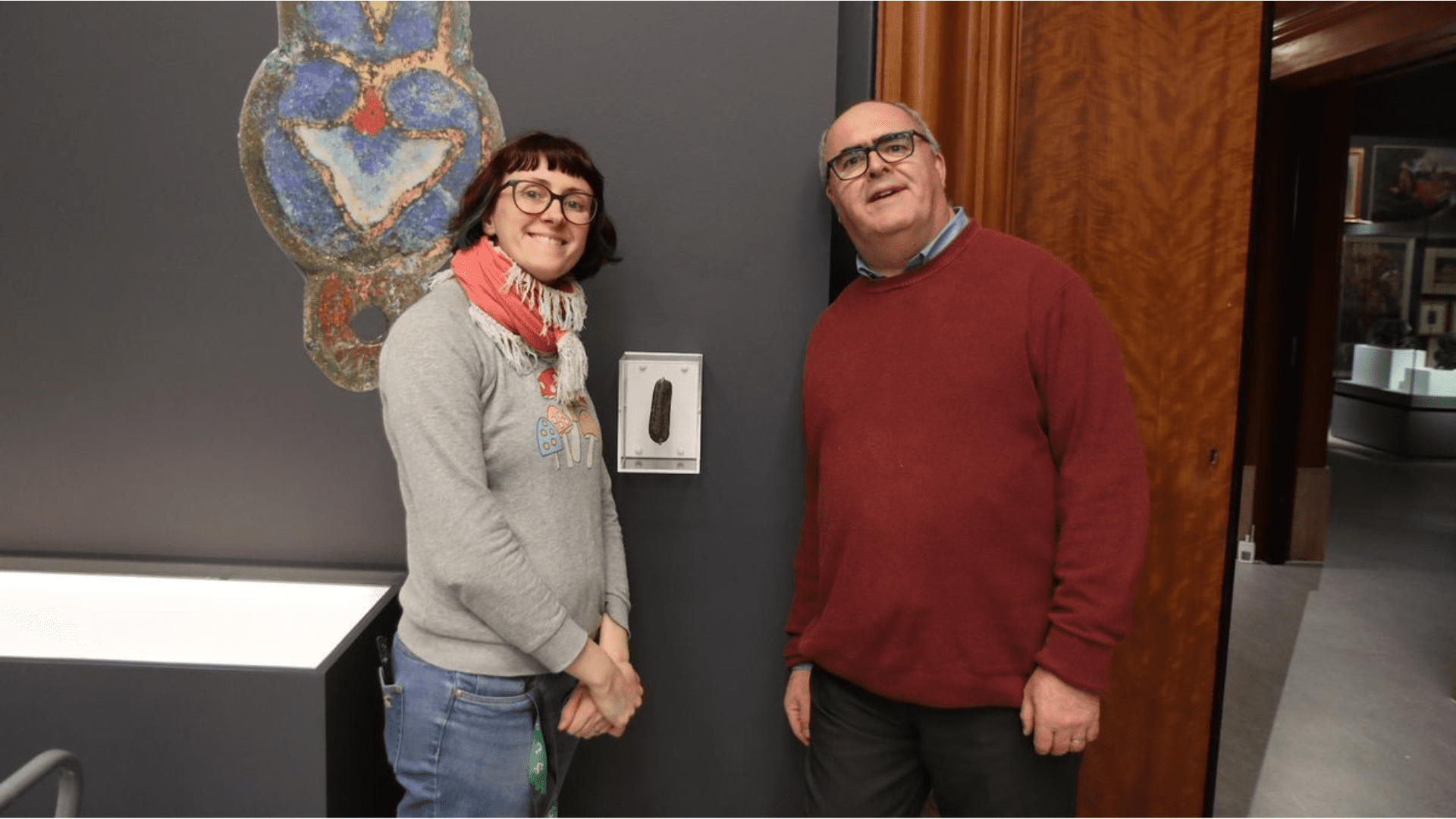
An ogham stone is a rare find. There are only about 400 known ogham inscriptions, and only 10 were found in England, Gilmore said. She said most are from Ireland, but some are from Celtic regions of Britain like Wales, Scotland, and Cornwall.
Senior donated his stone to the Herbert Art Gallery and Museum in Coventry, where it will be on display until April 2025. The museum plans to investigate the stone and its inscription thoroughly. Herbert Museum curator Ali Wells said, “We might never know how Mael lost the stone and how it ended up in a garden in Coventry, but I hope future research will reveal more.”



